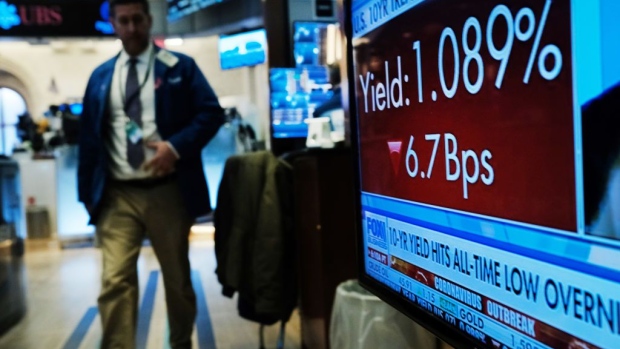Jun 19, 2020
Surge in lockdown traders increases need for stop-losses
By Dale Jackson

More than three months of pandemic lockdown has many of us eating, drinking and trading more.
Canadian online brokerages are reporting an influx of new traders during the COVID-19 quarantine. A spike in lockdown-related retail trading activity on a global level has helped fuel the recent market rally, but it has also taken the risk factor up by a few notches; especially with looming concerns of a second wave.
One way to manage that risk is to set stop-losses on any position that has a risk of going down (which is just about any position). New investors might not know about them and veteran investors might have forgotten, but most online brokerages include a function to lock in gains and limit losses through stop-losses.
A stop-loss can be used to protect a potential profit when a stock has run up, or it can limit a possible loss. For example, if a stock purchased at $10 has a stop-loss placed at $8, losses will be capped at $2 per share.
Stop-loss strategies vary and are just one of an arsenal of conditional orders that give do-it-yourself investors the ability to pre-program their entry and exit strategies.
- Sign up for BNN Bloomberg's new weekly newsletter, Home Economics, here: https://www.bnnbloomberg.ca/subscribe
The trailing-stop is one popular conditional order that utilizes the latest trading technology. As a stock rises, the trigger to sell automatically moves up in proportion to the real-time price – like a moving stop-loss. In addition to locking in gains, a trailing stop locks in bigger gains as the stock rises.
The real skill with stop-loss orders is where to set them. If you place them too close to the trading price they could be triggered by volatility unrelated to the specific security. In addition to losing a potentially lucrative position, investors could rack up unwanted trading fees.
As a general rule, professional traders set stop-loss orders within 10 per cent of the current price but expand them for small stocks that trade on less volume. They often use target prices from analysts that cover the stock, or pick support and resistance levels from technical charts.
Investors can also employ opportunistic strategies with buy and sell orders. One strategy for bargain hunters who love a stock but refuse to pay a high price allows them to pre-set a lower price that they feel is fair through an open-limit order.
Another conditional order with as many variations as an investor can dream up is a stop-and-reverse. Most often when a long position reaches a specified stop-loss, it is sold and a short position is opened at the same price. It's important for retail investors to be aware that conditional orders are even more vital for short positions, where there's no limit to how much a stock can rise. In such a case, a buy-stop order can limit losses or lock in profit.
A bracket order is a stop-loss placed below the current price and a sell order above the same price.
Strategies can also be implemented involving partial positions. If a stock doubles, for example, a stop-loss on half the position can preserve the initial investment.
Traders should be aware that in most cases, conditional orders expire after 30 days. If you don't keep track, your investments may not be protected.
In most cases, the cost of utilizing conditional orders is included in the trading fee, so there is no extra charge for the investor. Most online brokerages offer tutorials on how to effectively use conditional orders such as a stop-loss.
Payback Time is a weekly column by personal finance columnist Dale Jackson about how to prepare your finances for retirement. Have a question you want answered? Email dalejackson.paybacktime@gmail.com. For specific advice, please consult a qualified financial advisor.










